November 2024: ICARUS Devices, or the Institute of Combat Aviation and Research in the United States, is proud to announce that the U.S. Army has issued a release about the Airworthiness of its Night Vision Goggle Visor. The Instrument Conditions Awareness Recognition and Understanding System (ICARUS), constituting smart view-restricting devices incorporated by instructor pilots, enables the compilation of degraded visual environment (DVE) simulation images in aircraft. ICARUS NVG visor is conveniently small and lightweight (2.0 ounces), which is very crucial in aviation or when engaged in some quick fastening of something oriented towards the brain.
The visor, on the other hand, uses 3D-printed rubber caps that do not want to be rigidly mounted but fit snuggly on the NVG tubes. The NVG visor has the same Polymer Dispersed Liquid Crystal film as used by the regular visor to switch from the transparent to the opaque states. There is also the same Power Control Unit and the App used on the visor.
September 2024: What is brighter than sunshine is that the Bulgarian army will receive American portable anti-tank systems with Javelin-guided missiles. In accordance with a DSCA notice, this deal, which amounts to close to USD 114 million, involves the supply of 107 Javelin Lightweight Command Launch Units [LWCLU] and 218 Javelin FGM-148F missiles. In addition, the order includes a number of other training devices, coolants, integration, launching and maintenance services like Javelin LWCLU Basic Skills Trainers [BST], Javelin Outdoor Trainers [JOT], Battery Coolant Units [BCUs], System Integration and Checkout [SICO] and other lifecycle services.
With this huge order, Bulgaria becomes the next in line to avail its access to the sophisticated American Javelin systems. These will mark the first purchase of such technology by Bulgaria, making it newer to the circles of countries operating these systems. It is always wise to train the Bulgarian army to ensure a timely and seamless transition towards using such advanced technologies.
Collins Aerospace (US), To reduce maintenance, we are developing structures that are lighter in weight and more efficient. With more autonomous operations, we're reducing the workload on our pilots. For a best-in-class cabin experience, we're fusing cutting-edge technology with contemporary design. We're transforming how data is used to uncover insightful knowledge that enhances passenger experiences and airline and airport operations. We supply more digital systems for the interconnected airspace and battlespace to support quicker decision-making and increase mission effectiveness. While accelerating technological progress and embracing digital transformation, we are advancing more environmentally friendly practices and products.
In a world that is changing quickly and becoming more complex, L3Harris is using agile technology to anticipate problems and respond quickly, making the world safer and the future more secure. With quick, cutting-edge fixes that a disruptive prime can only provide, we're strengthening our trusted position as the defense sector's leading merchant supplier and our customers' positions.
Key Companies in the Military Night Vision Device Market include
- American Technologies Network Corp. (US)
- Collins Aerospace (US)
- Meopta Optica S.R.O (Czech Republic)
- L3 Technologies Inc. (US)
- Harris Corporation (US)
- FLIR Systems Inc. (US)
- BAE Systems plc (UK)
- Bharat Electronics Limited (India)
- Thales Group (France)
- Elbit Systems Ltd. (Israel)
Military Night Vision Device Industry Developments
For instance,August 2021 the 27-inch ShadowSense touchscreen technology was unveiled by Canadian technology company Baanto International for the armed forces. This touchscreen complies with Night Vision Imaging Systems (NVIS) requirements, enabling mission deployment regardless of the amount of incoming light.
For instance,September 2022 Thales unveiled XTRAIM, a new weapon sight, in December 2021. It offers day/night de-camouflage capabilities that were previously only possible by using a variety of other pieces of equipment. Its compatibility with all shoulder-fired assault rifles (HK416) and light machine guns (Minimi) enables its users to fire accurately at night.
For instance,January 2021 A new night vision camera from Ulefone will be released in May 2021. It can be worn as a body camera that can be quickly attached to your jacket, belt, back pocket, etc., with the aid of the incredibly portable gadget that serves as a smartphone add-on. The night vision camera's Sony STARVIS IMX307 incredibly light-sensitive CMOS image sensor is ideal for low-light, night, and videography photography.
For instance,July 2022 The US Army and L3Harris Technologies, Inc. will collaborate in September 2021. a $100 million agreement was reached to deliver ENVG-B (enhanced night vision goggle-binocular) systems. With the aid of these integrated devices, the soldiers can more effectively target, engage, and neutralize threats without running the risk of being seen.
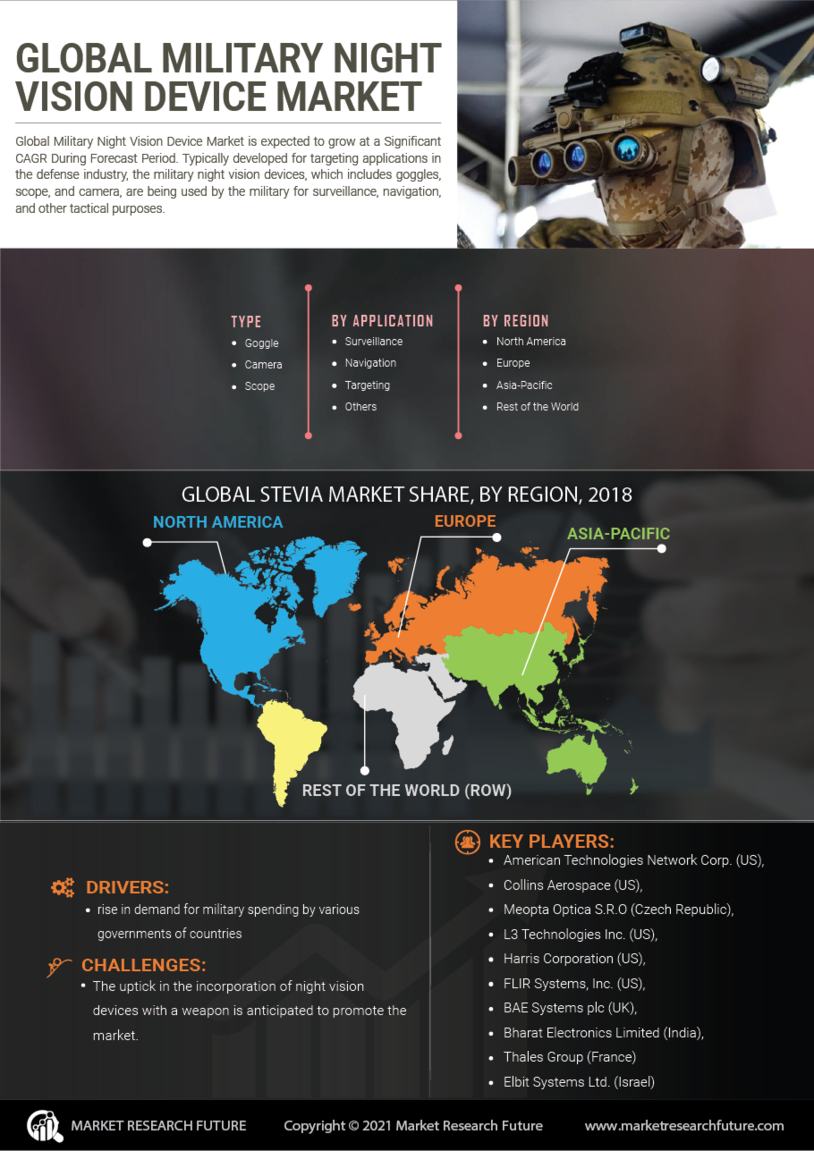

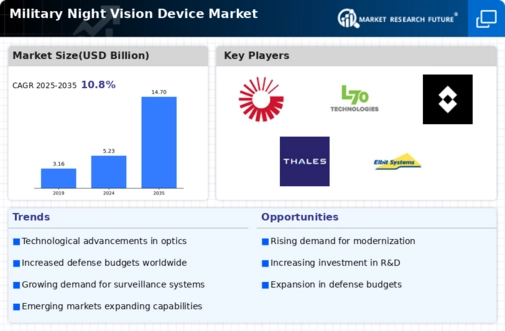
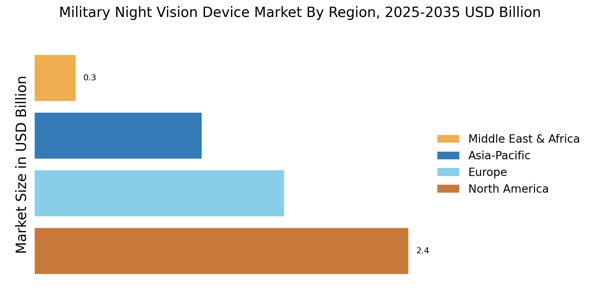

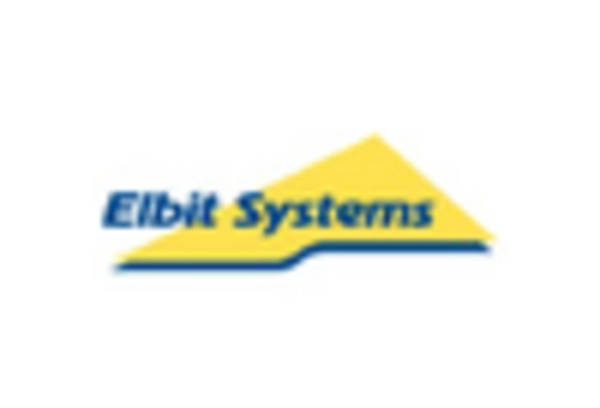
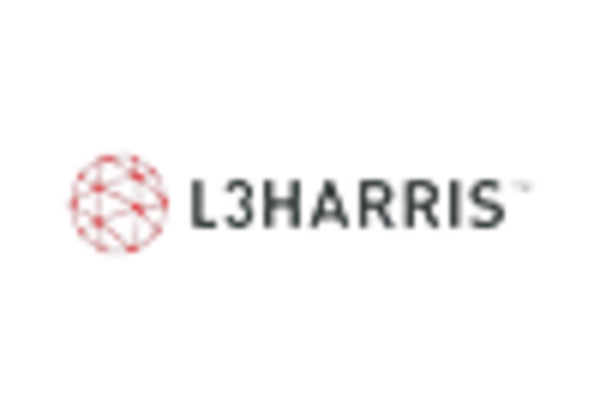











Leave a Comment